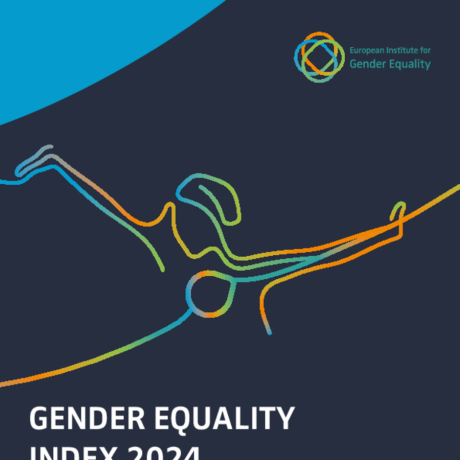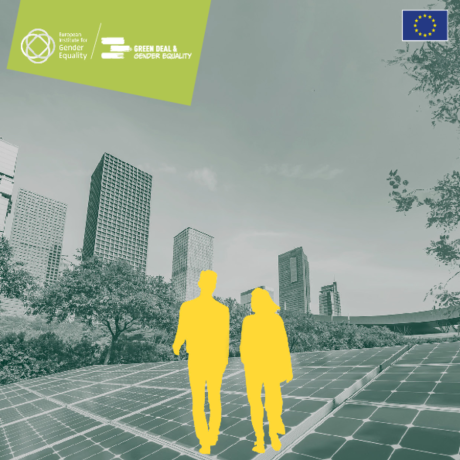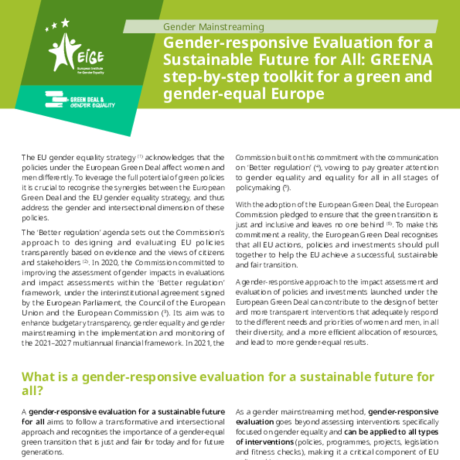Despite efforts to improve gender equality, EU labour markets are still characterised by persistent horizontal segregation, whereby workers in particular sectors are predominantly women or men. According to 2020 data, only four in ten workers in the EU are employed in a gender-balanced sector, where the workforce comprises at least 40 % of each gender.
Transport is a prime example of a sector that still employs relatively few women (22.2 % of the workforce compared to 46.1 % of all people employed across the whole economy). There has been no discernible progress over the past decade, with women making up 22.3 % of the workforce in the transport sector in 2011)1.
The EU Platform for Change, launched by the European Economic and Social Committee and the European Commission in 2017, aims to promote initiatives to increase female employment and equal opportunities in the transport sector. To support and monitor progress, we need reliable data disaggregated by sex. However, data focused on the transport sector has until now been extremely limited. EIGE is addressing this issue by expanding its data collection on women and men in decision-making to highlight the situation in the transport sector, at both European and national levels.
The new data is available from the women and men in decision-making entry point of EIGE’s Gender Statistics Database. Some key points coming out of the latest data, which is from 2020 or 2021 depending on the precise topic:
National transport policy is mostly decided by men
- National governments across the 27 EU Member States have 58 ministers (senior and junior) with transport forming all, or part, of their portfolio. Just nine of these (15.5 %) are women.
- Women are also significantly under-represented in the parliamentary committees tasked with considering policy issues and scrutinising government action in relation to transport, with women making up just 26.5 % of members. The composition of parliamentary committees in individual countries tends to reflect the composition of the parliament(s) they serve. However, transport committees have a particularly high share of men (73.5 % of members compared to 65.7 % of members across all committees). In Romania, Czechia, and Malta, transport related committees have no women members at all.
Figure 1: Share of women amongst members of parliamentary committees with competences in transport , EU-27, 2021

Source: EIGE, Gender Statistics Database
European institutions – gender balance in the Commission, but room for improvement elsewhere
- The European Commission’s DG Mobility and Transport is led by a woman Commissioner (Adina Ioana Vălean) and has an equal representation of women and men in its 4-member cabinet and in the 6 director level positions.
- The Transport and Tourism Committee of the European Parliament is also led by a woman ( Karima Delli) but has a majority of men among its members (37.3 % women, 62.7 % men). This represents an improved balance compared to 2012 (25.5 % women, 74.5 % men).
- Four European agencies2 work in transport related areas. Men hold 6 of the 8 top positions in these organisations, with women represented only as president (chair of the highest decision-making body) of the European Union Agency for Railways (ERA) and executive head (executive director or similar position) of the European Maritime Safety Agency (EMSA). Women account for just 17.5 % of members of the highest decision-making bodies in these agencies.
Social partner organisations mostly led by men
- Among European level social partner organisations working in sectors related to transport, women are outnumbered in key decision-making positions on both sides of the social dialogue. All four employee organisations are chaired by a man and only one has a woman executive head, while the members of the highest decision-making body comprise 19.5 % women and 80.5 % men. Across the 16 employer organisations, women account for 12.5 % of presidents, 31.6 % of executive heads and only 17.0 % of members of the highest decision-making body.
Figure 2: Share of women and men in key decision-making positions in European agencies and in European social partner organisations working in sectors related to transport, 2021

Source: EIGE, Gender Statistics Database (EU agencies; EU level social partners)
Notes about the data
EIGE’s collection of data on women and men in decision-making generally covers 38 European countries3. However, the collection of data for the candidate and potential candidate countries of the EU is funded through support from the Instrument for Pre-accession Assistance (IPA), which does not cover work on the transport sector. This data on transport therefore only covers the 27 EU Member States, the three remaining EEA countries, and the United Kingdom.
Footnotes
1 Data refers to the “Transport and storage sector”. Source: Eurostat, Labour Force Survey, dataset lfsa_egan22
2 European Aviation Safety Agency (EASA), European Union Agency for the Space Programme (EUSPA), European Maritime Safety Agency (EMSA), European Union Agency for Railways (ERA).
3 The 27 EU Member States, five candidate countries (Montenegro, North Macedonia, Albania, Serbia, and Turkey), two potential candidates (Bosnia and Herzegovina and Kosovo), plus Iceland, Liechtenstein, Norway, and the United Kingdom.





